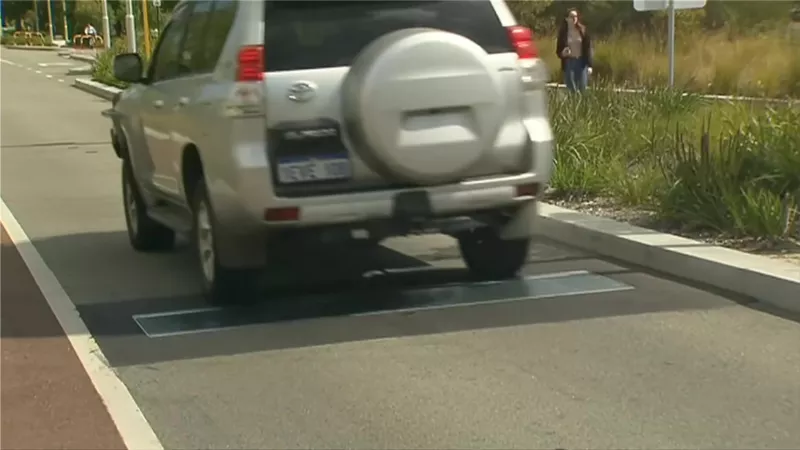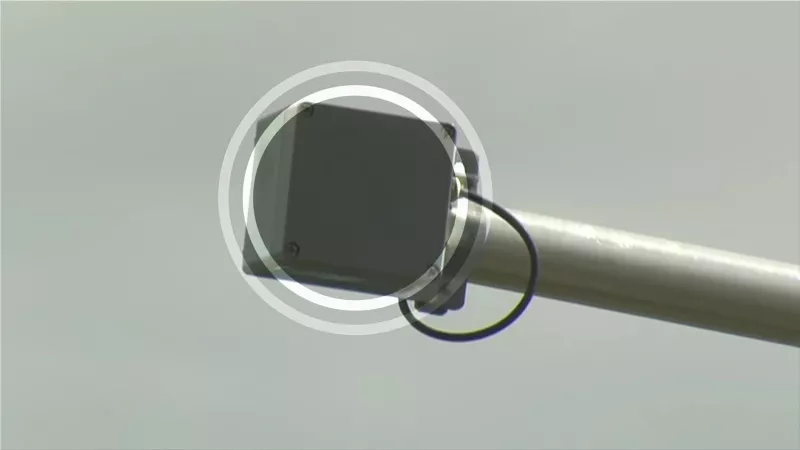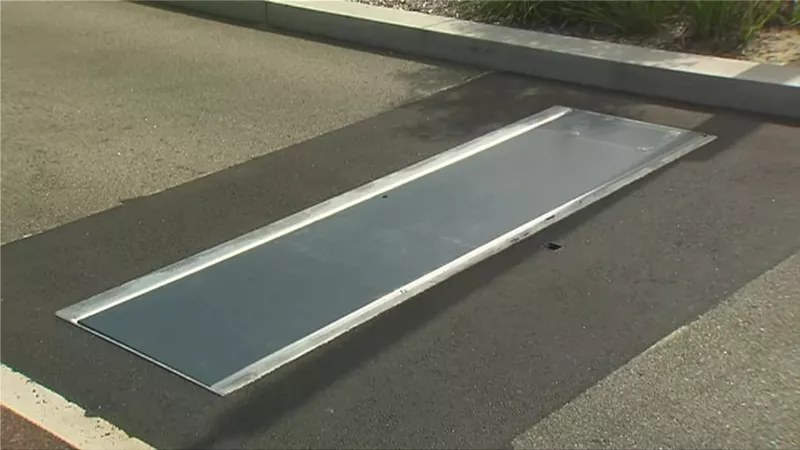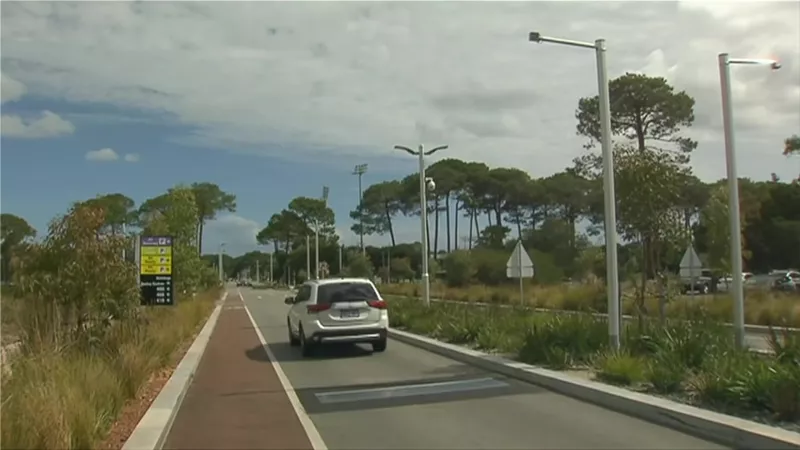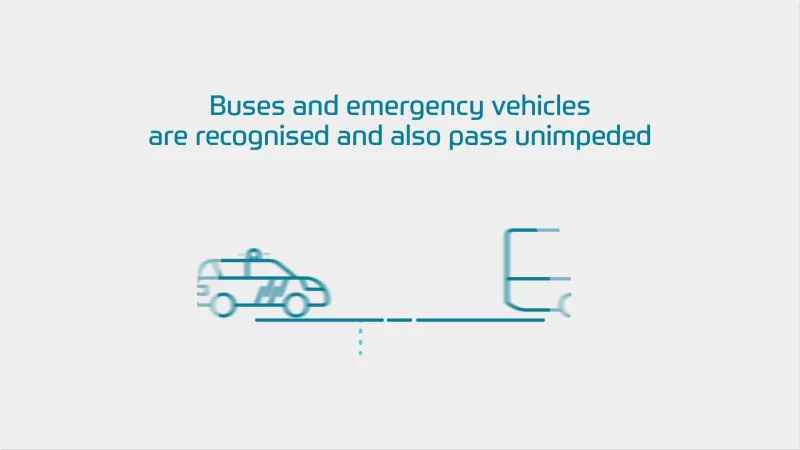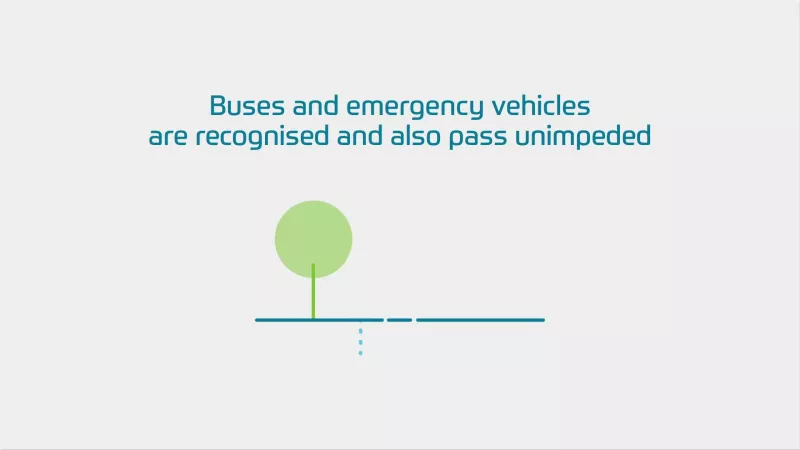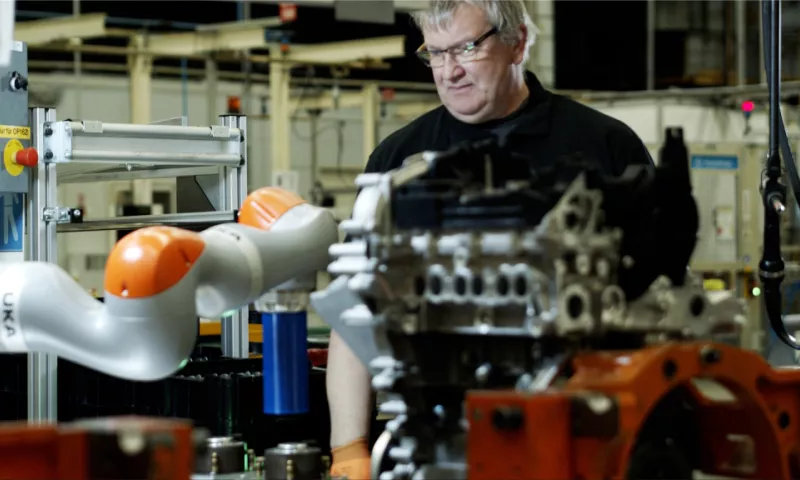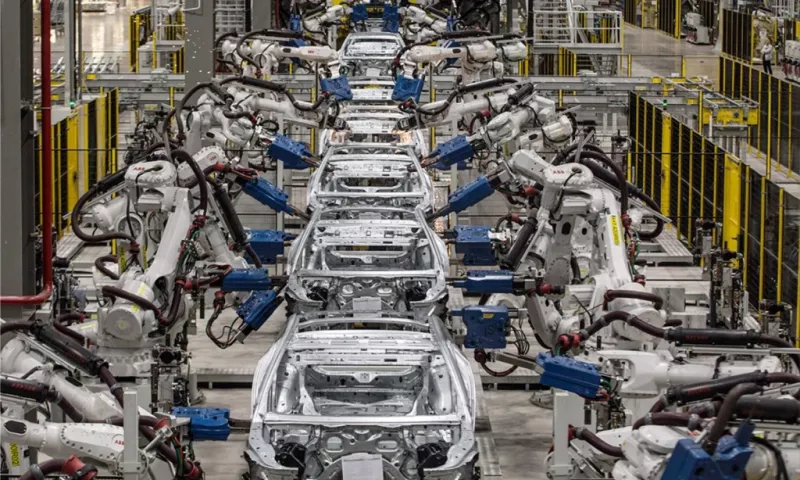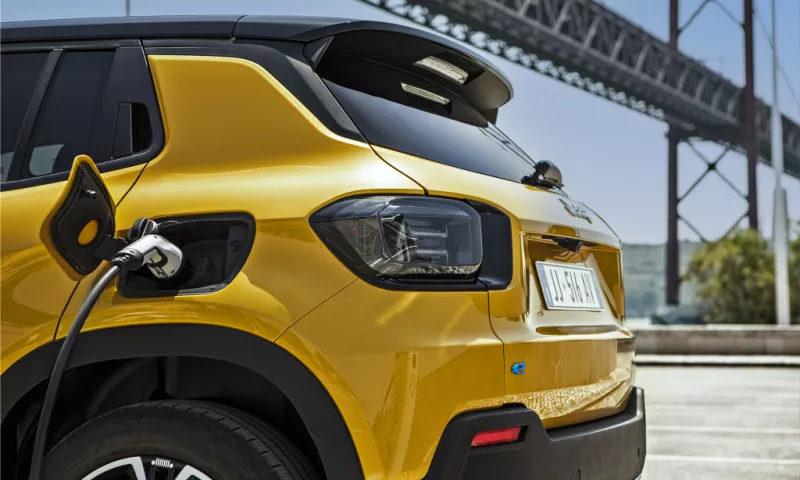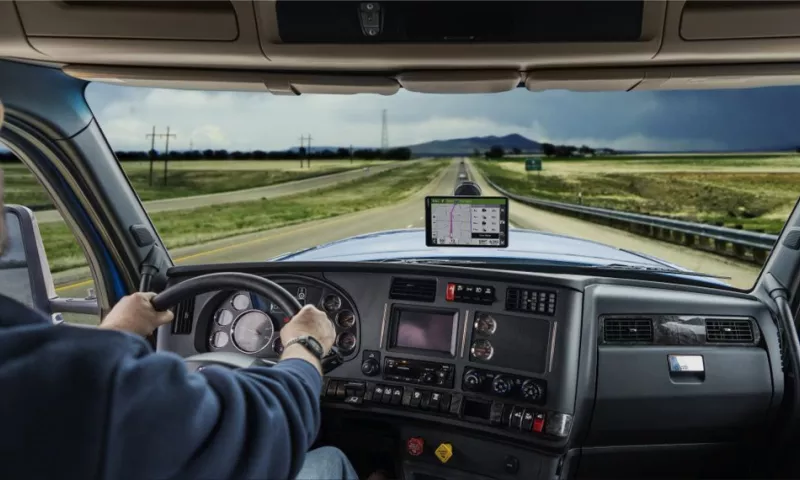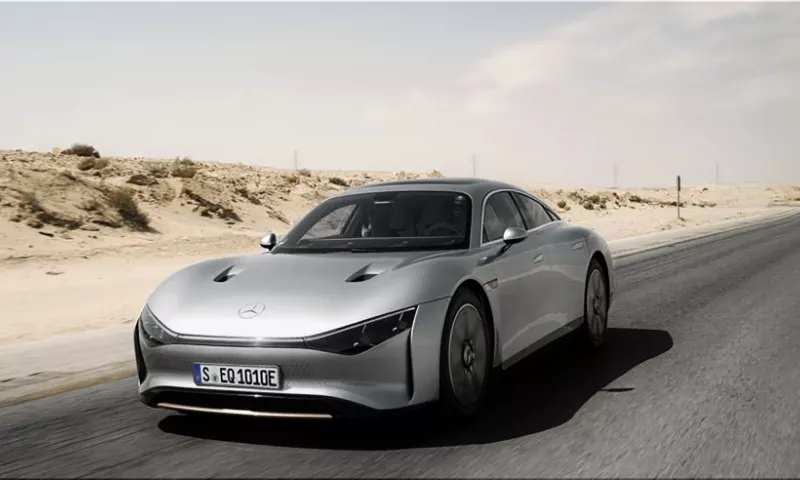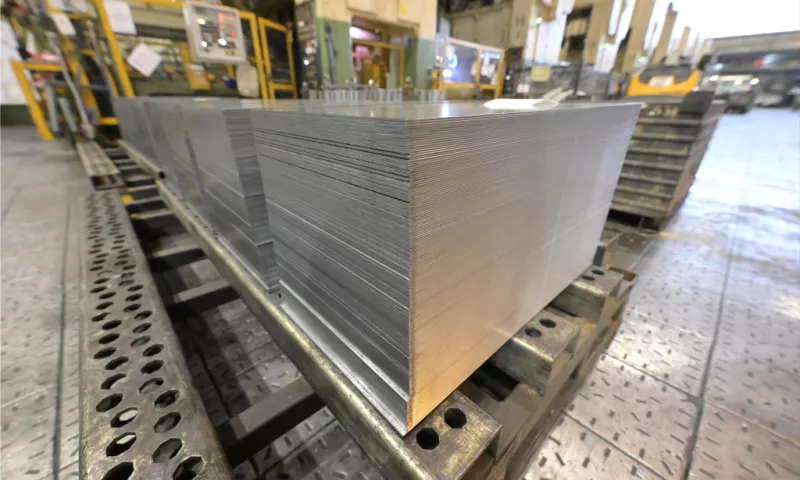The future of speed limits? To ensure drivers in a 20 km/h zone slowed down, the city of Hanau set up a temporary pitfall. But the taxpayers' group wasn't exactly thrilled with the pricey setup. The residents of Hanau, Hessen, had had it with reckless speeders. When traditional methods like speed cameras and speed limits failed, the city tried something new. Swedish firm Edeva's "Actibump" traps were designed to genuinely surprise drivers over the city's 20 km/h zone speed limit.
Unfortunately, a significant downside to the device widely used in Scandinavia is that it costs almost 50,000 euros. The BdSt taxpayers' organization was not thrilled about this and compiled a list of questions for the responsible parties. The Hanau government has started to rethink its policies because of what the BdSt said.
The pitfall system is explained in detail in a video posted to the Actibump channel on YouTube. Incoming vehicle speeds are detected via a sensor. The steel plate in the road drops if the vehicle is driving too quickly. This creates a short-term danger that will shake the speeder to its core, but the maker says it doesn't threaten driver safety.
The maker touts this feature as an improvement over traditional speed bumps because vehicles traveling under the speed limit won't have to slow down before accelerating again. The video states further that traffic flow is improved. Also, the license plate numbers of vehicles going through the system are recorded, and data on air quality, noise, and vibration levels are collected in real-time.
A pedestrian zone is a more practical solution.
However, the BDS questioned whether the system's claimed benefits were indeed worth the price tag of nearly $50,000. The BdSt said that, at first, the steel plate would only be a deterrent and a way to teach people about speeding because people who broke the law would not have to pay a fine.
Conversely, a speed bump has the same impact as the high-tech system in Scandinavia but at a much lower cost of only 7,000 euros. On the other hand, a speed camera system would cost 100,000 euros, but according to the taxpayers' group, the money collected from fines would be put back into the city's budget.
The BdSt decided to visit the proposed 20 km/h zone to better understand the situation there. The association's concerns were further confirmed: the impacted street traverses multiple pedestrian zones, with the crossings being made more difficult each time by cobblestone heights. As the BDS points out, it would be nearly impossible to maintain a lawn in certain areas, and there could be conflicts with pedestrians if someone tried. According to the BdSt specialists, a pedestrian zone would be the more practical approach.
After persistent questions from the BdSt, the city of Hanau seems to have reconsidered its intentions. A section of the problematic street has to be designated as a pedestrian-only area. The BdSt, however, is not ready to give up on the pricey pitfall dream just yet and plans to keep tabs on developments in Hanau's 20 km/h zone for the time being.


